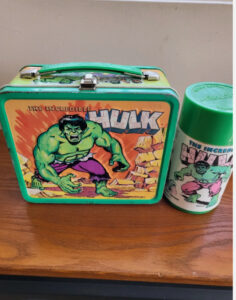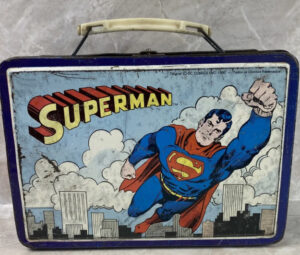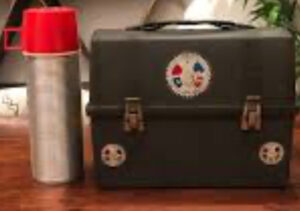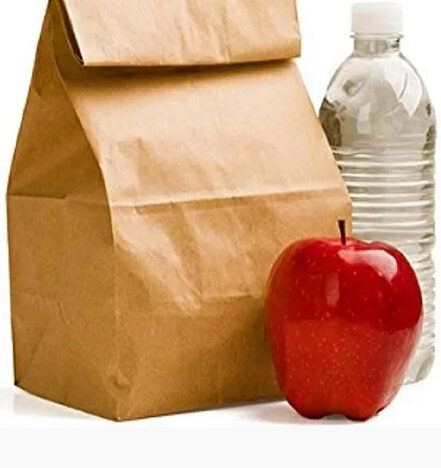Brown Paper Bag

Reflecting on childhood memories often brings to mind simpler times, like the excitement of packing a favorite lunchbox for school. For me, it was a toss-up between my Superman and Hulk lunchboxes – iconic symbols of my youthful enthusiasm. Do you recall your cherished lunch containers?

The tradition of packing lunches might seem like a relic from the past, especially in today’s fast-paced world. Yet, I can still vividly recall the care my mother took in preparing my midday meal. Deli sandwiches were a staple, adorned with a choice of condiments – mustard for liverwurst, ham, and bologna, and mayo for roast beef and turkey. However, nothing could surpass the timeless appeal of a classic peanut butter and jelly sandwich. The jelly flavor was inconsequential; it was the creamy peanut butter that always won my heart.
When a warm meal was on the cards, my mother’s ingenious solution was Campbell’s chicken noodle soup or Chef Boyardee, packed snugly in an insulated canister to keep it piping hot until lunchtime. While my school offered hot lunches every Friday – a treat I reserved for occasions like meatball grinders or pizza – I mostly stuck to the home-packed goodness. Trading snacks with classmates for candy or pocket change added an extra layer of excitement to the lunchtime routine, a practice that seems to have faded away in today’s school culture.
Today’s educational landscape has undergone significant changes, with many schools offering free breakfast and lunch programs. While the notion of ensuring every child is well-fed is commendable, the nutritional quality of these meals often falls short. Gone are the days of homemade breakfasts comprising cereals, oatmeal, or fresh fruit; instead, sugary muffins and juice boxes reign supreme. Similarly, lunch menus boast convenience foods like chicken patties and pizza, laden with carbs and lacking in essential nutrients. It’s a far cry from the balanced meals I enjoyed as a child, raising concerns about the long-term impact on children’s health and well-being.
The shift from brown paper bag lunches to cafeteria meals reflects broader cultural changes in our society. Gone are the days of parents meticulously planning their children’s meals; instead, convenience and speed often take precedence over nutritional value. Breakfast and lunch have become optional for some, replaced by snacks high in sugar and devoid of sustenance. The importance of fueling our bodies for optimal performance seems to have taken a backseat in today’s hurried world.

As a seasoned educator, I can’t help but observe the eating habits of my younger colleagues during lunch breaks. Fast food and restaurant fare have become the norm, replacing home-cooked meals and perpetuating a cycle of unhealthy eating habits. The consequences of these choices extend beyond the individual, contributing to the rising tide of diet-related diseases in our society.
For me, the habit of bringing my own lunch to school remains steadfast, a testament to the values instilled in me by my parents. The lessons learned in childhood – the importance of nutritious meals and the value of preparation – have stayed with me into adulthood. It’s a reminder that the habits we form early in life can shape our health and well-being for years to come.
Thank you for joining me on this trip down memory lane.
Warm regards,
Wakime









